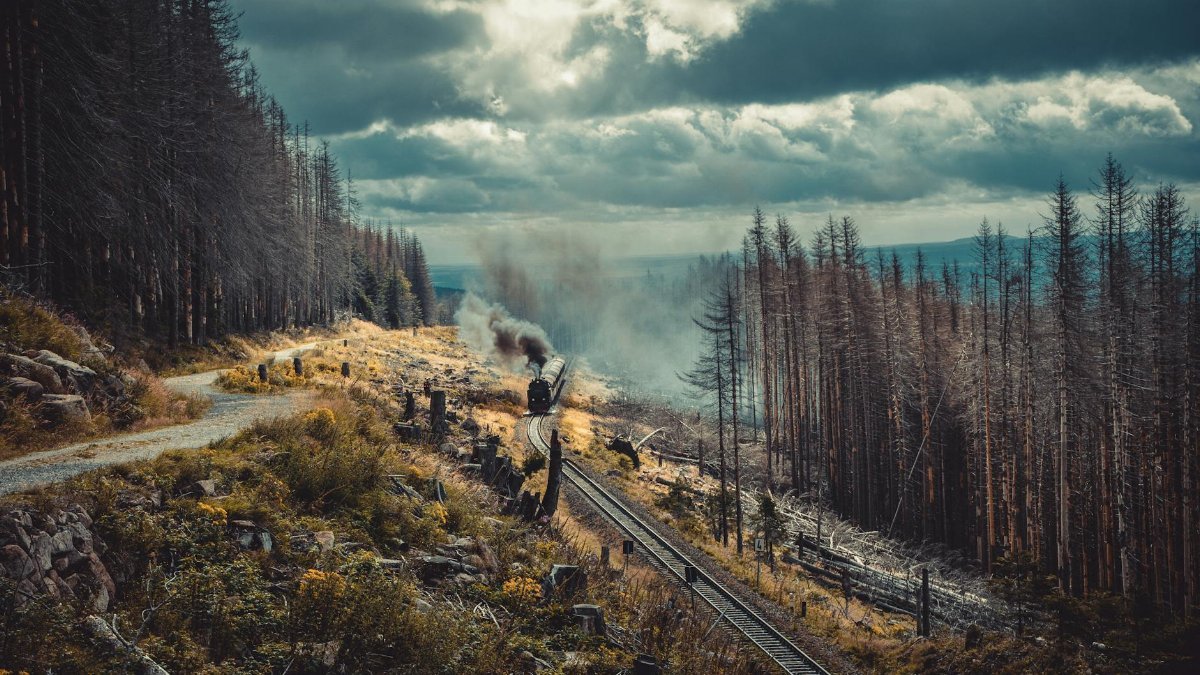Imagine a stretch of path so serene that the only notifications you receive are the rustle of leaves and the distant call of a hawk. Across the United States, a growing number of cyclists and walkers are seeking out rail trails—abandoned railroad corridors turned into recreational paths—for more than just exercise. They’re chasing a deliberate escape, a chance to embrace the concept of a rail trail unplug, where cell service fades and the digital world falls silent. In 2025, as screen time continues to dominate daily life, these trails offer a rare opportunity to step away from endless pings and reconnect with the landscape. From the rugged beauty of the Pacific Northwest to the rolling hills of the Midwest, here are 16 scenic rail trails where you can leave your phone’s signal behind—and why that might be exactly what you need.
Why Rail Trails Are the Ultimate Digital Detox

Rail trails, often built on the bones of old train routes, wind through some of the most remote and untouched parts of the country. Their isolation isn’t just a quirk; it’s a feature. With cell towers often miles away, these paths naturally sever the tether to email, social media, and breaking news alerts. A 2021 study from the Pew Research Center noted that 97% of Americans own a cellphone, with many reporting constant connectivity as a source of stress. On a rail trail, that stress evaporates. The absence of a signal forces a mental reset, letting the mind wander as freely as the path ahead. It’s not just about unplugging from devices—it’s about plugging into the world around you.
The Katy Trail, Missouri: Miles of Midwest Quiet
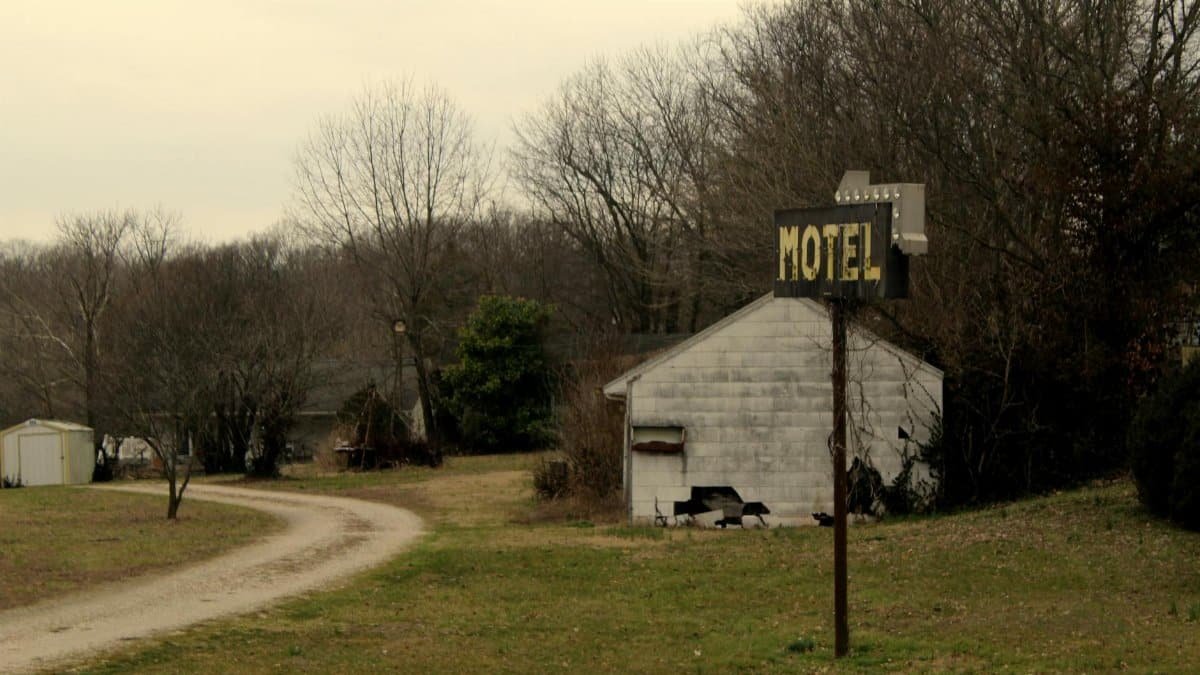
Stretching over 240 miles, Missouri’s Katy Trail is the nation’s longest rail trail, following the Missouri River through limestone bluffs and sleepy farmland. Cell service? Spotty at best, especially in the stretches between small towns like Rocheport and Boonville. Cyclists often describe the silence as deafening after the first few miles. One rider shared a memory of stopping by a field at dusk, hearing nothing but crickets, and realizing they hadn’t checked their phone in hours. It’s a reminder of what’s possible when the digital hum fades. The trail’s length means you can plan a multi-day trip, fully detaching as you pedal through a landscape that feels frozen in time.
Great Allegheny Passage, Pennsylvania and Maryland: A Historic Escape

Spanning 150 miles from Pittsburgh to Cumberland, the Great Allegheny Passage cuts through dense forests and past crumbling industrial relics. Cell service vanishes in the deeper sections, especially near the Savage Tunnel, where the world narrows to just you and the trail. This path, once a corridor for coal and steel, now serves as a refuge for those seeking a rail trail unplug. The lack of connectivity feels fitting amid the echoes of a pre-digital era. Bring a map—old-school paper style—because you won’t be relying on GPS here. The reward is a journey through history, unmarred by modern interruptions.
Elroy-Sparta State Trail, Wisconsin: Tunnels of Solitude

Wisconsin’s Elroy-Sparta State Trail, a 32-mile gem, is famous for its three hand-dug tunnels, each a dark, cool portal into disconnection. Phones lose signal the moment you enter, and the eerie quiet inside amplifies every drip of water, every footstep. Emerging on the other side, surrounded by rolling hills and dairy farms, feels like stepping into a different century. It’s no surprise that a report by the Centers for Disease Control and Prevention highlights the mental health benefits of nature exposure—trails like this make that tangible. Pack a flashlight for the tunnels, and leave the notifications behind.
Silver Comet Trail, Georgia: Southern Serenity

Running 61.5 miles from Smyrna to the Alabama border, Georgia’s Silver Comet Trail offers a southern spin on the rail trail unplug. As you pedal through pine forests and past quiet creeks, cell service dips in and out, especially in the more rural western stretches. The trail’s gentle grade makes it accessible for casual riders, while the disconnection makes it transformative. Stop at the Brushy Mountain Tunnel, a 700-foot passage where the world outside ceases to exist. It’s a small but potent reminder of how quickly nature can reclaim your attention when technology steps aside.
Burke-Gilman Trail, Washington: Urban to Untamed

Starting in Seattle, the 27-mile Burke-Gilman Trail begins with urban buzz before slipping into the quieter woodlands along Lake Washington. Cell service fades as you leave the city behind, particularly near Bothell. The shift is palpable—one minute you’re dodging commuters, the next you’re alone with towering evergreens. A study from the University of Washington found that even brief nature breaks can lower stress hormones. Here, that break stretches into hours. It’s a perfect half-day escape for anyone craving silence without straying too far from home.
Island Line Trail, Vermont: Lakefront Liberation
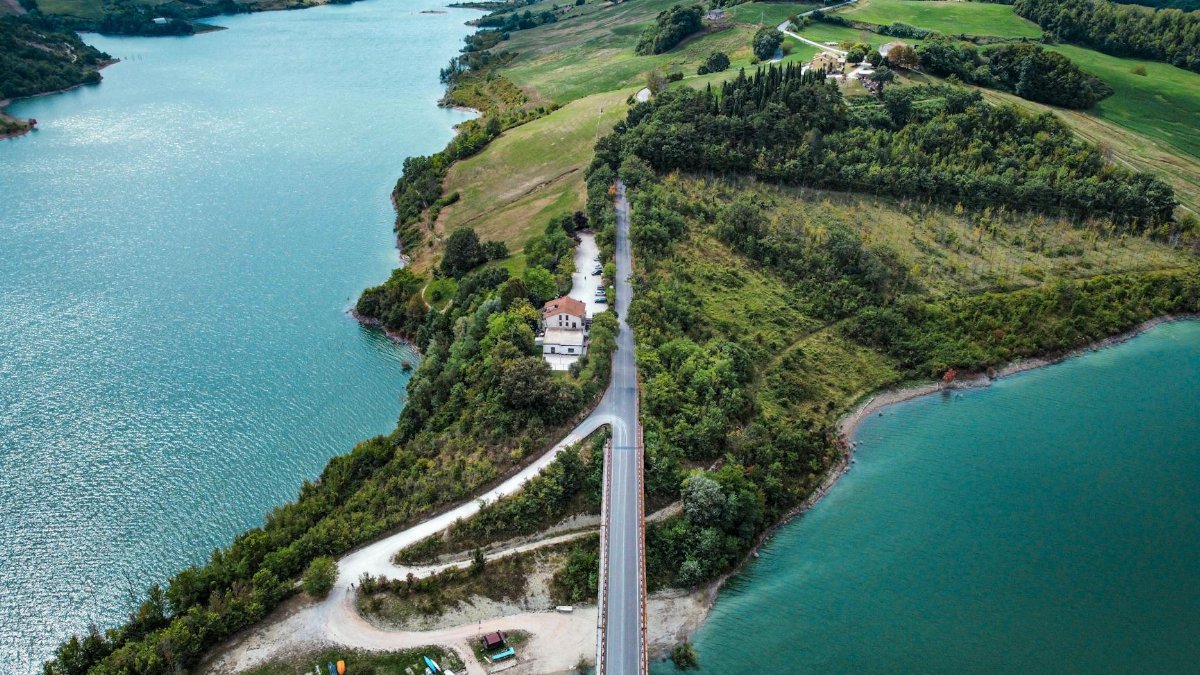
Vermont’s Island Line Trail, a 14-mile path along Lake Champlain, includes a unique causeway that juts into the water, surrounded by nothing but waves and sky. Cell service is unreliable here, especially on the causeway, making it a prime spot for a rail trail unplug. The panoramic views of the Adirondacks demand your full attention anyway. One local cyclist recalled pausing midway, phone useless, and feeling a rare sense of calm wash over them. It’s a short trail, but the disconnection feels profound against such a striking backdrop.
Withlacoochee State Trail, Florida: Sunshine and Silence
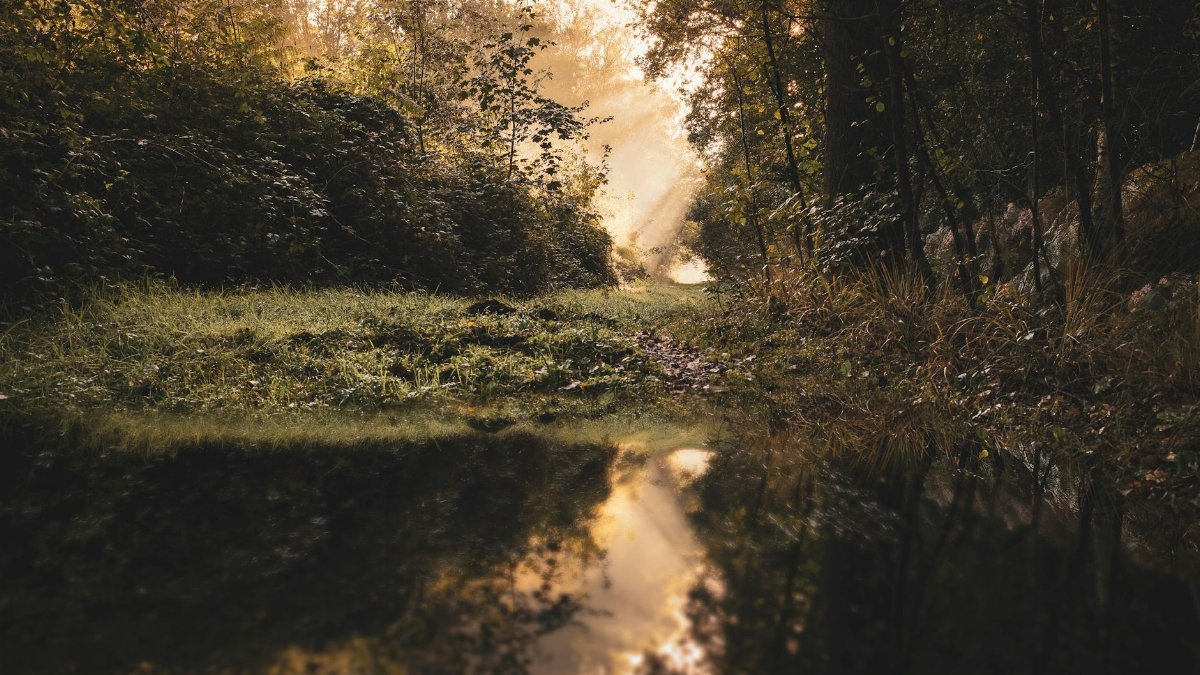
Florida’s 46-mile Withlacoochee State Trail winds through cypress swamps and oak hammocks, where cell service often drops off in the denser stretches. The humidity clings, the birds call, and the digital world feels a million miles away. Riders report a sense of liberation as they glide past small towns like Inverness, free from the usual buzz of notifications. It’s a tropical take on disconnection, proving that a rail trail unplug works just as well under a canopy of palms as it does in northern woods.
Greenbrier River Trail, West Virginia: Rugged Retreat
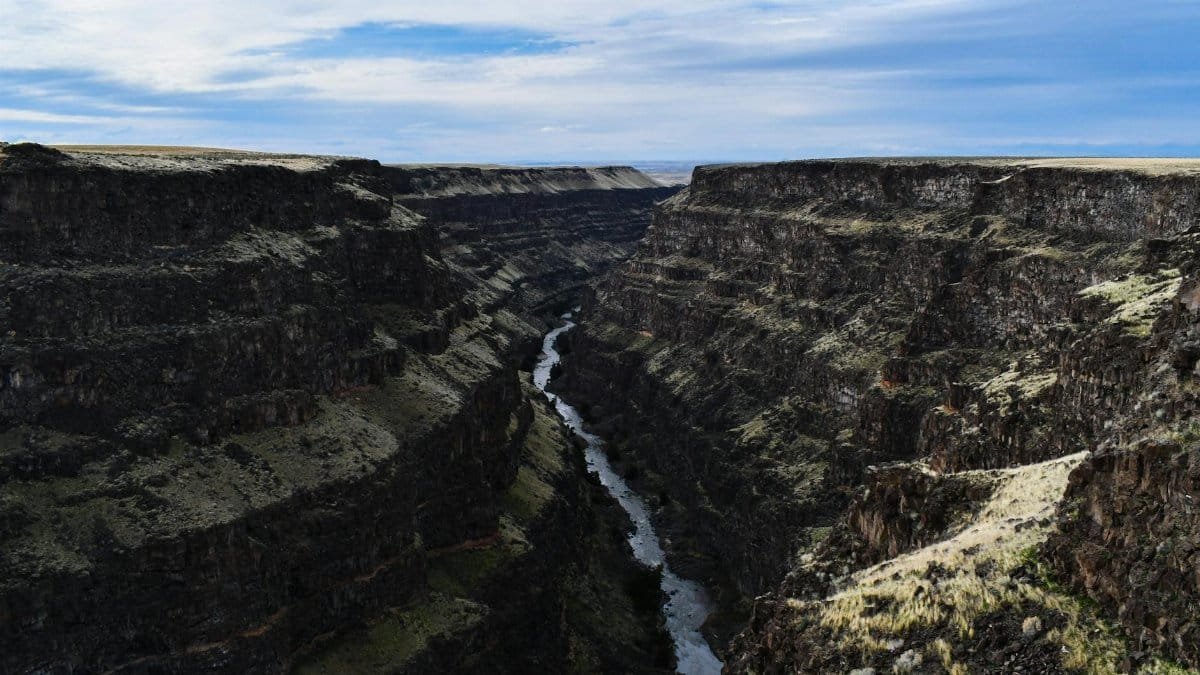
At 78 miles, West Virginia’s Greenbrier River Trail follows a wild river through the Allegheny Mountains. Cell service is practically nonexistent in many sections, especially near Marlinton. The rugged terrain and lack of connectivity make it a true escape. A report by the National Park Service underscores how such environments can reduce anxiety. Here, the only updates come from the rush of water and the crunch of gravel underfoot. It’s a challenge worth taking for the solitude it delivers.
Virginia Creeper Trail, Virginia: Mountain Magic

The 34-mile Virginia Creeper Trail descends from the Blue Ridge Mountains through lush valleys and over trestle bridges. Cell service vanishes in the higher elevations, particularly near Whitetop. The downhill ride is effortless, letting you soak in the scenery without distraction. Families and solo riders alike flock here for the quiet, often leaving their devices powered down by choice. The trail’s nickname, drawn from the slow steam engines that once crawled its route, feels apt when time itself seems to slow.
North Bend Rail Trail, West Virginia: Hidden Gem
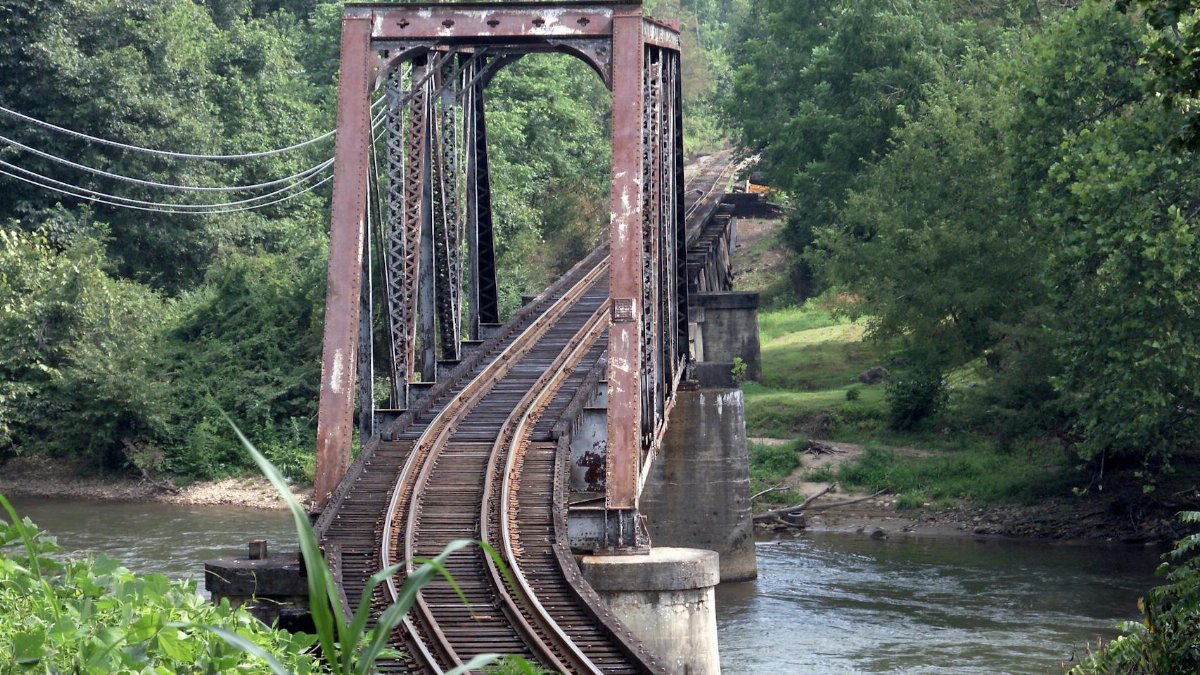
Another West Virginia standout, the 72-mile North Bend Rail Trail snakes through remote forests and past forgotten coal towns. Cell service is a distant memory in most stretches, especially through the 10 tunnels that punctuate the route. The isolation feels intentional, almost sacred. Riders often emerge with stories of unexpected clarity, as if the lack of signal cleared mental static too. It’s a lesser-known path, but one that rewards those willing to seek it out.
Heritage Rail Trail, Pennsylvania: Quiet Countryside
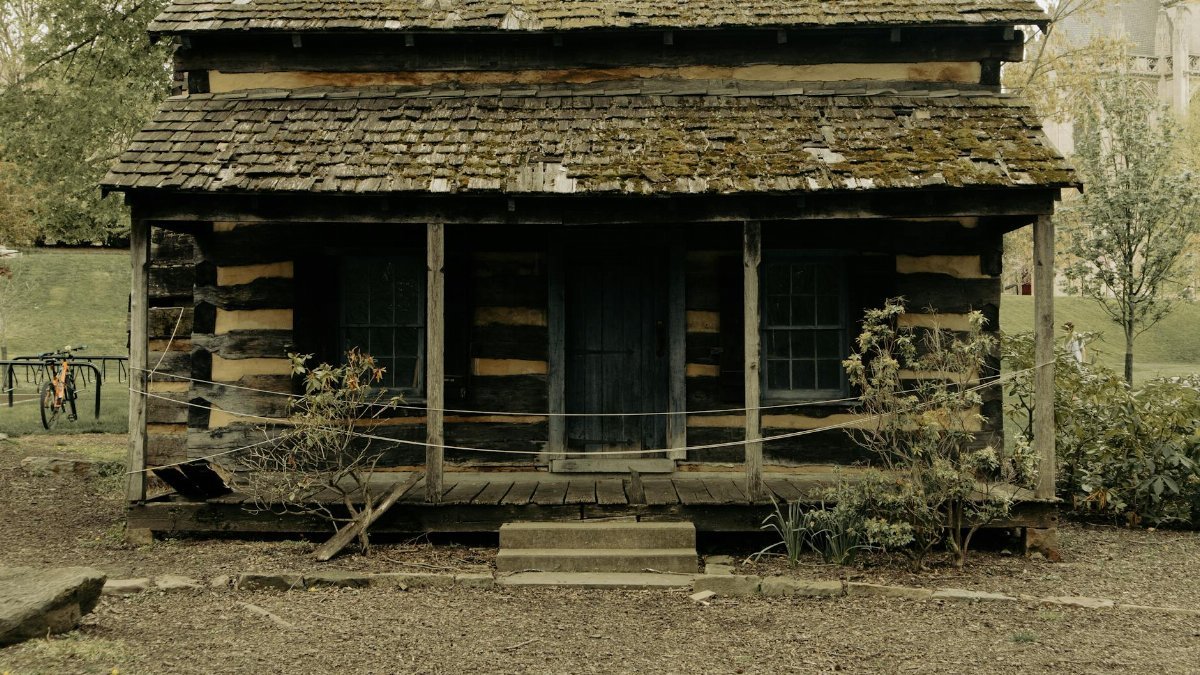
Pennsylvania’s 21-mile Heritage Rail Trail connects York to the Maryland border, passing through farmland and small villages. Cell service fades in the rural patches, offering pockets of peace. The trail’s historical markers—remnants of its railroad past—add depth to the journey, encouraging reflection over scrolling. It’s a shorter ride, ideal for a quick escape, yet the disconnection feels just as potent as on longer trails.
Monon Trail, Indiana: Heartland Haven
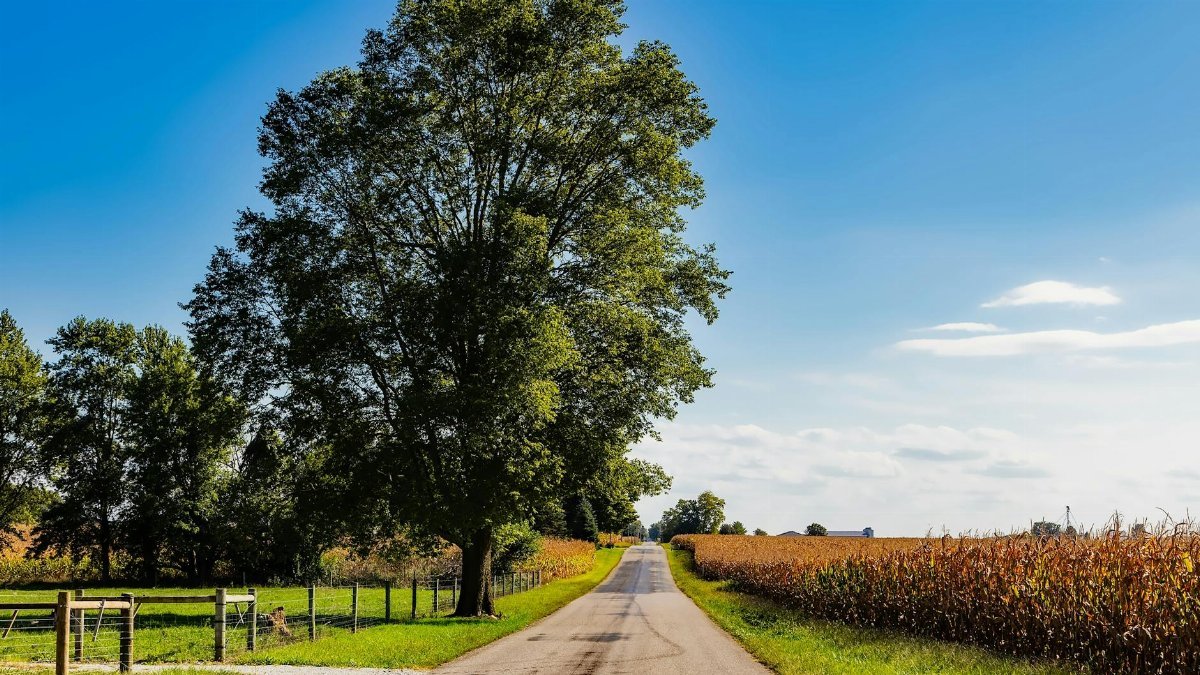
Indiana’s Monon Trail stretches 27 miles through the Indianapolis suburbs into quieter countryside. As you move north, cell service thins, especially past Carmel. The flat terrain suits all skill levels, while the disconnection suits anyone craving a break. Stop at a trailside bench, listen to the wind through the cornfields, and let the silence settle in. It’s a subtle but powerful reminder of what’s lost in constant connectivity.
Chief Ladiga Trail, Alabama: Southern Disconnection
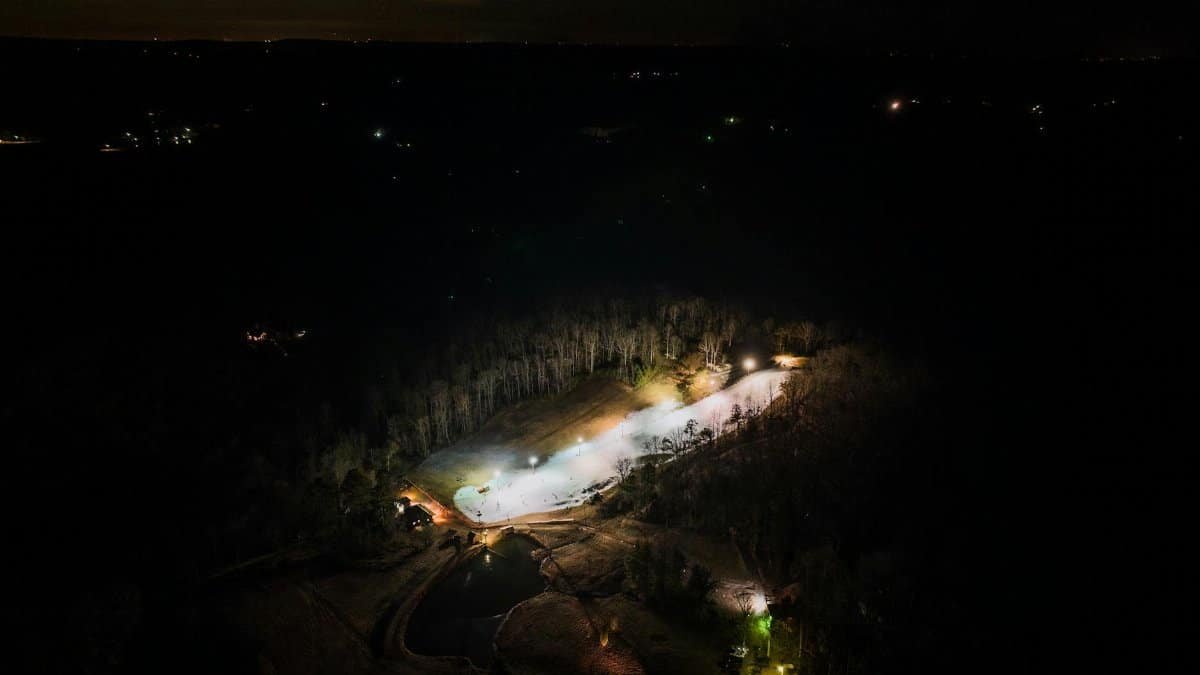
Alabama’s 33-mile Chief Ladiga Trail links to Georgia’s Silver Comet, creating a longer corridor of calm. Cell service drops in the rural stretches near Piedmont, where the landscape shifts to rolling hills and thick woods. The trail’s namesake, a Creek leader, adds a layer of cultural weight to the journey. Riders often find themselves lost in thought, phones forgotten, as the South’s quiet beauty takes over.
Cape Cod Rail Trail, Massachusetts: Coastal Calm
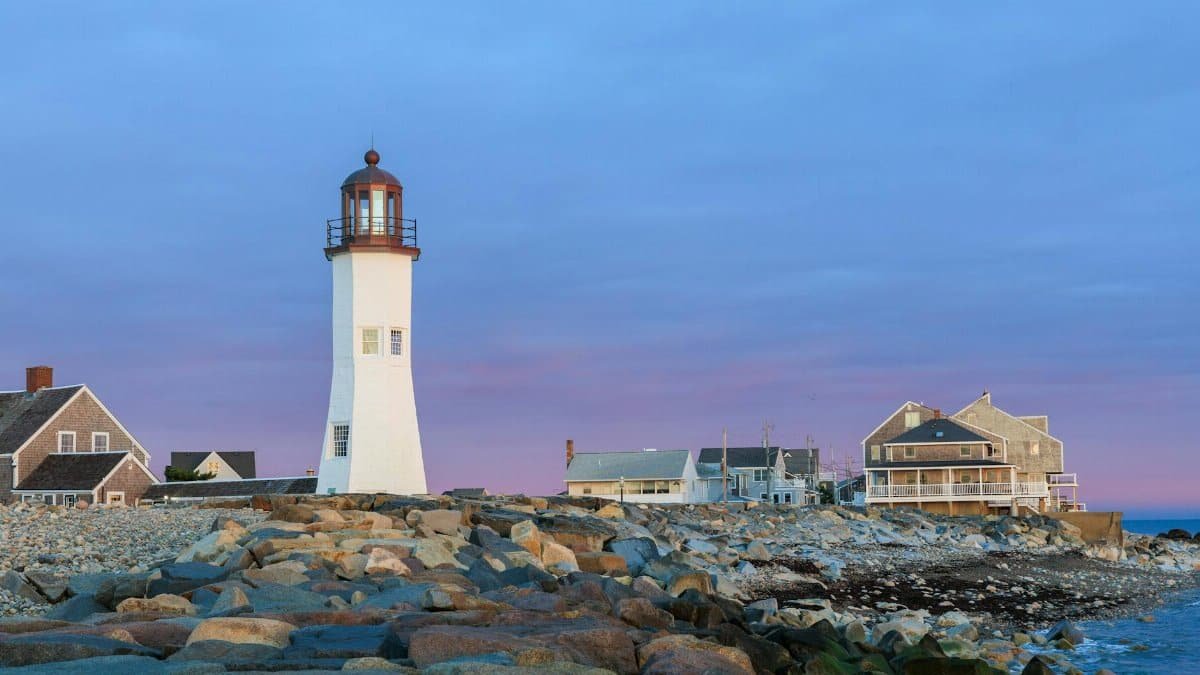
The 25-mile Cape Cod Rail Trail winds through salt marshes and cranberry bogs, with cell service patchy in the less populated areas. The ocean breeze carries a tang of salt, and the lack of notifications feels like a gift. Summer crowds thin out in the off-season, making it an ideal time for a rail trail unplug. The trail offers a quintessential New England escape, where history and nature drown out digital noise.
Pinellas Trail, Florida: Urban Edge to Quiet Corners

Florida’s 38-mile Pinellas Trail runs from St. Petersburg to Tarpon Springs, starting in urban bustle before easing into quieter zones where cell service wanes. Palm trees line the path, and the occasional dolphin sighting near the coast steals your focus. It’s a reminder that disconnection doesn’t require total wilderness—sometimes a suburban trail can deliver the same mental reset. In 2025, as digital fatigue grows, paths like this feel more vital than ever.
The Bigger Picture: Why Unplugging Matters

These 16 rail trails, scattered across the U.S., share a common thread: they offer a chance to step away from the always-on culture that defines modern life. The rail trail unplug isn’t just a trendy phrase—it’s a response to a real need. As screens infiltrate every corner of existence, these paths stand as quiet rebellions, places where connection means something older, deeper. Whether it’s the tunnels of Wisconsin or the causeways of Vermont, each trail proves that sometimes, the best way to find yourself is to lose your signal. So, pick a path, pack a bike, and let the world wait. It’ll still be there when you get back.
